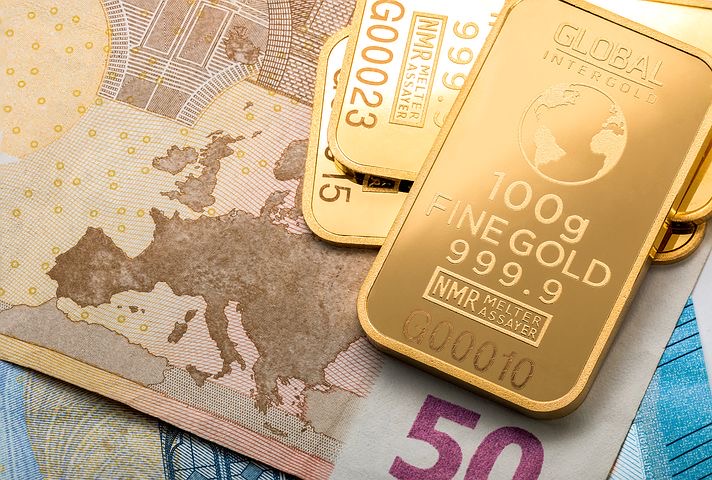Idea #1: Gold
Part One: History of Gold
All the gold taken out of the earth in the world is estimated at 177,200 tons distributed in different ways:
- Jewellery (85,900 tonnes),
- Savings (35,500 tons),
- The reserves of central banks and other official institutions such as the IMF (30,500 tonnes),
- Industrial applications (21,600 tons).
This represents the volume equivalent of 2.5 Olympic-sized swimming pools.
Reserves in the mine are estimated at 54 000 tonnes of unmined gold.
Once extracted from the mines, the raw gold is processed into 400-ounce (12,503 kg) bars.
After refining, the bars are made available to the markets:
London, Zurich, Hong Kong, New York.
Gold is quoted in London.
The quotation of these markets serves as a reference worldwide.
From 1870 to the First World War, it is the reign of the golden stallion.
Major currencies are convertible into gold at a fixed price at the central bank issuing the currency.
To ensure this conversion, the Central Bank is obliged to hold gold reserves.
As each currency has a fixed parity with gold, exchange rates between currencies are stable.
During the 1914-1918 war
States at war decide the gold inconvertibility of their currency. Indeed, it is impossible to finance the war effort within this framework.
In 1922, the international conference in Genoa led to a return to the gold standard but with limited convertibility.
1920-1940 The standard system changes gold
States which do not have sufficient stocks of gold may cover their currency by holding the currencies of countries which have gold stocks as collateral
The gold standard system does not withstand the 1929 crisis
Some European countries (Germany, United Kingdom, Austria, Hungary) introduce exchange controls to prevent capital outflows.
In 1931, the United Kingdom decided to suspend the gold convertibility of the Pound Sterling, which is widely used in international trade. Other countries follow (Japan, Scandinavian countries, Latin American countries).
The gold stallion is now only respected by the United States, France and a few other countries.
1942 to 1976: the years of the Bretton Woods system
In 1944, the signing of the Bretton Woods agreements led to the creation of the first true International Monetary System (IMS). This system is no longer based on the gold standard but on the gold exchange standard system, in which the US dollar is the centre: all currencies are convertible into dollars and only the dollar is convertible into gold.
However, the Bretton Woods agreements did not put in place any controls on the amount of US dollars issued.
As a result, the United States may not meet its commitments to the external accounts. And In 1960, for the first time, the stock of U.S. gold was lower than the stock of dollars held by non-US citizens.
Then came the financing of the Cold War and internal growth, which led to a considerable drop in American gold reserves.
In 1971, Richard Nixon proclaimed the suspension of the convertibility of the dollar into gold.
On 8 January 1976, the Jamaican Agreements officially confirmed the abandonment of the international legal role of gold.
There is no longer an organized international monetary system.
